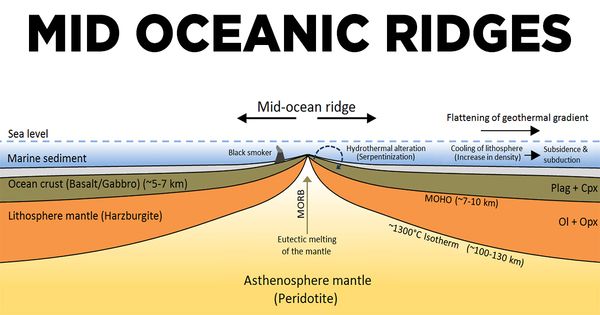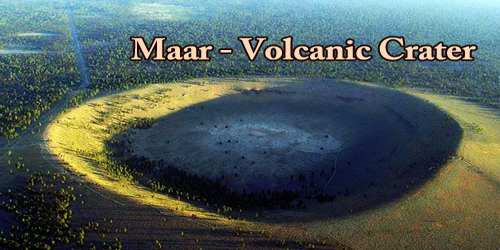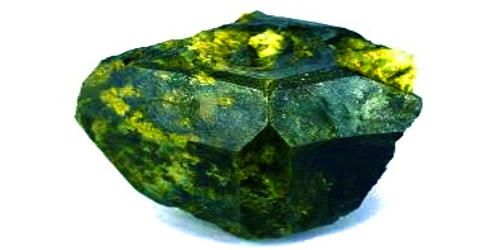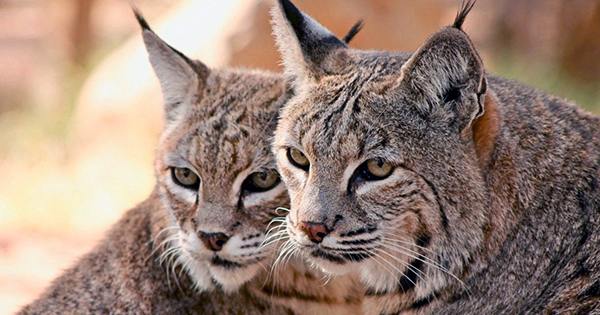A mid-ocean ridge (MOR) is a seafloor mountain system created by plate tectonics. It is a massive undersea mountain range that spans the world’s oceans. It usually has a depth of around 2,600 meters (8,500 feet) and rises around 2,000 meters (6,600 feet) over the deepest part of an ocean basin. It is the world’s longest mountain range, extending more than 65,000 kilometers (40,000 miles).
Plate tectonic boundaries connect mid-ocean ridges throughout the world, and the trace of the ridges across the ocean floor resembles a baseball seam. As a result, the mid-ocean ridge system is the world’s longest mountain range, covering around 65,000 kilometers (40,000 miles).
This feature is formed as the seafloor spreads along a divergent plate boundary. The rate of seafloor spreading determines the morphology and width of the mid-ocean ridge in an ocean basin. The ridge system winds its way through the Atlantic, Indian, and Pacific Oceans, forming a continuous mountain range that lies mostly beneath the ocean’s surface.
Formation
The Mid-Ocean Ridge is generated by the movement of tectonic plates beneath the Earth’s surface. It is a divergent barrier where tectonic plates are separating from one another. As the plates divide, magma from the Earth’s mantle rises to fill the gap and form new oceanic crust. This process has gradually resulted in the formation of the underwater mountain range known as the Mid-Ocean Ridge.
In response to plate separation, mantle upwelling produces new seabed and oceanic lithosphere. The melt rises as magma at the linear weakness between the separating plates and erupts as lava, forming new oceanic crust and lithosphere when cooled.
Importance
The Mid-Atlantic Ridge was the first to be identified, and it is a spreading core that divides the North and South Atlantic basins, hence the name’mid-ocean ridge’. Most oceanic spreading centers are not located in the center of their host ocean, yet they are nonetheless referred to as mid-ocean ridges.
The development of new crust along the Mid-Ocean Ridge is an important event in plate tectonic theory, which describes how the Earth’s lithosphere is separated into rigid plates that move and interact with one another. The Mid-Ocean Ridge is also a significant scientific research location because it gives information about the processes of seafloor spreading, volcanic activity, and the makeup of the Earth’s crust.
















